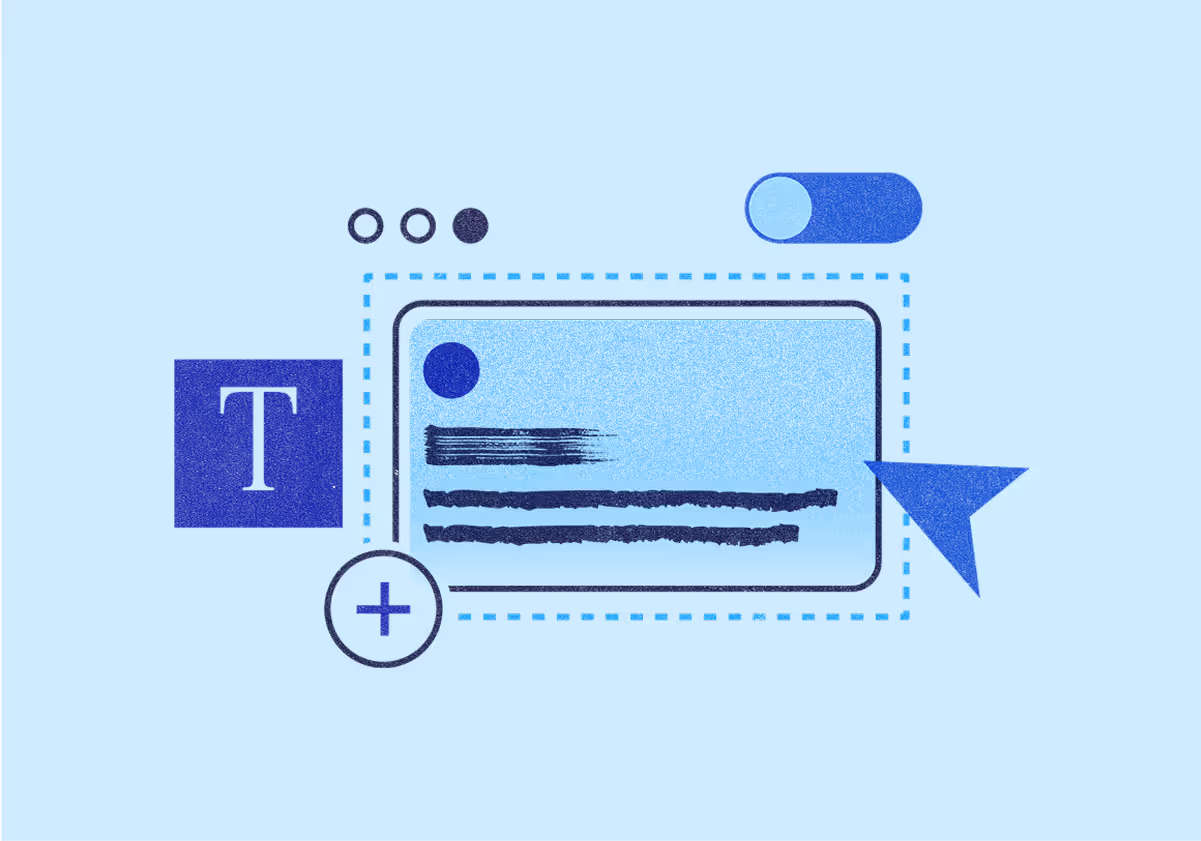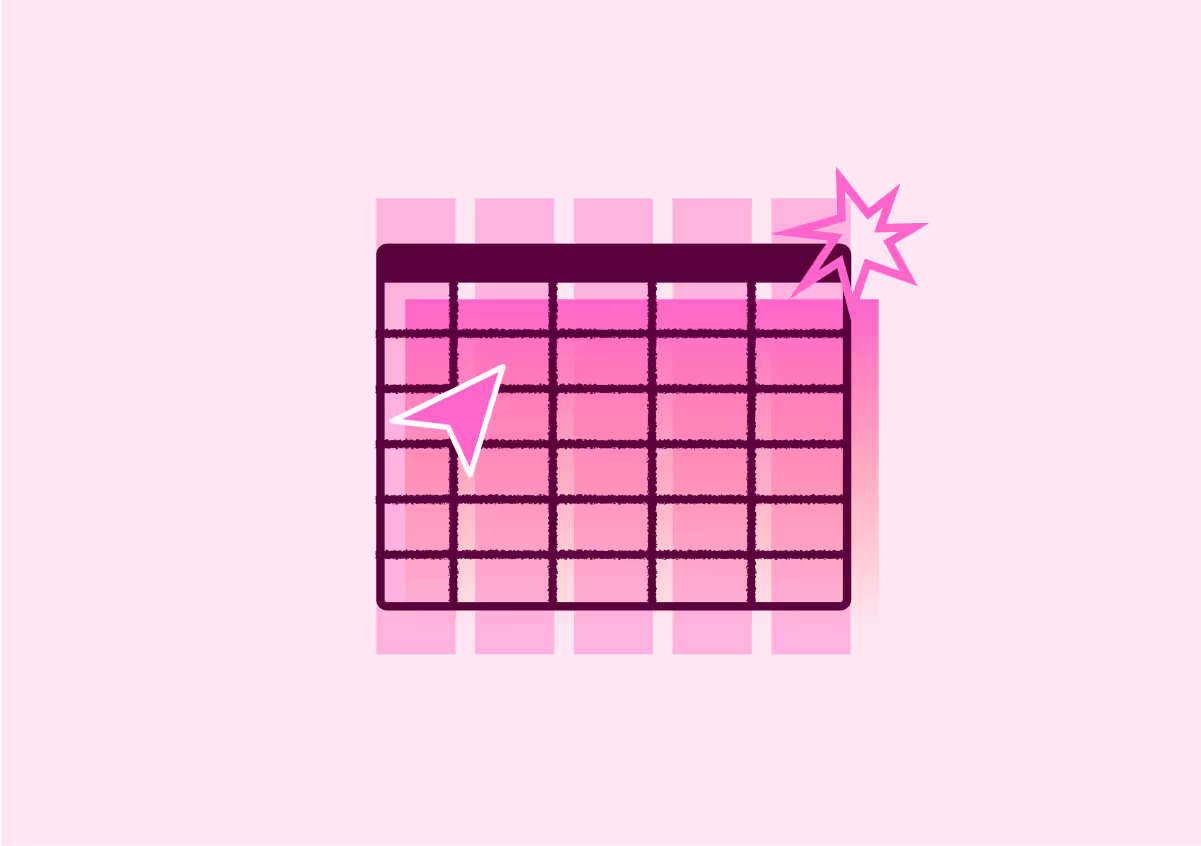Dave Rogenmoser
July 6, 2022
How To Tell Compelling Stories Using The Hero's Journey
Stories sell, and what better way to write a story than following the hero’s journey. Read on to learn how to write a story your target audience will love.

Any fictional story has a journey involved, with someone transitioning from one point in time to another. When creating a nonfiction story, like a B2B case study, you can use concepts from the Hero’s Journey to craft a story that’s compelling and intellectual at the same time.
What Is the Hero’s Journey?
The hero's journey, also known as the monomyth, is a narrative archetype first introduced by Joseph Campbell that is often used in writing or storytelling. His book, The Hero With a Thousand Faces (1949), details the journey and its various stages. For brevity’s sake, we’ll explain it here for you.
The hero's journey is based on the belief that there is a common pattern that all stories follow. This pattern includes a hero who goes on a journey, faces challenges, and ultimately triumphs.
The hero's journey has been used in many different types of stories, including myths, fairy tales, epic poems, and even modern films. While the hero's journey is often used in fiction, as in writing a book, it can also be applied to non-fiction narratives, such as biographies and B2B case studies.
By understanding the hero's journey, writers can effectively craft compelling stories that resonate with readers.
The Three Stages of the Hero’s Journey
There are three main stages of every Hero’s Journey. When writing, some stages last longer than others or are revisited before the grand finale.
No matter who your main character is, they will travel along each of these stages step-by-step till the end.
1. The Ordinary World
When we meet the main character, they are typically in the midst of their ordinary world. The ordinary world is the starting point for the hero's journey.
This is the space or environment where they feel comfortable and safe before they're called to adventure. The ordinary world represents the hero's ordinary life before they embark on their journey. It's a place of stability and routine where they feel a sense of belonging.
This is in contrast to the special world which comes next, where everything is new and unfamiliar. The hero must leave their ordinary world behind to enter the special world and face the challenges that lie ahead.
2. The Special World
The special world is where your hero embarks on their journey. In the special world, the hero is confronted with new challenges and obstacles. They may find new friends and foes or face an ordeal that tests their skills and strength.
This stage of the journey is often difficult, but it is necessary for the hero to grow and learn. The hero may face the inmost cave of their fears before escaping via magic flight. By overcoming the road of trials within the special world, the hero becomes stronger and more prepared for the journey ahead. Before the journey home, the hero faces one final test of strength, wisdom, or whatever your hero must finally overcome.
3. The Return
After the adventure is over and the hero has accomplished their goal, it's time for the third stage of the journey: the return to the ordinary world.
In some ways, this can be the most difficult part of the journey, because the hero must now readjust to a life that feels mundane after all they've been through. However, this stage is also crucial, because it allows the hero to integrate their new understanding of the world and themselves back into everyday life. And although things may never be quite the same as before, the ordinary world now contains the possibility of change and growth.
Often, the hero is also able to bring some kind of reward or treasure back with them from their adventure, which enriches both them and those they love. So while returning home may not be easy, it marks an important step on the path to becoming a true hero.
The 7 Steps of the Hero’s Journey
Throughout the three main stages of your hero’s storyline, there are 12 major steps that the hero must travel through to complete their story.
When writing for B2B style content, you can use these various steps of the hero’s journey to emphasize a case study or About Us page.
1. The Ordinary World
The first step is also the first stage of your hero’s journey—the Ordinary World. At this step, you are introduced to the hero and their ideals or values in life. A fictional example is the Muggle world in the Harry Potter series before Harry’s call to adventure arrives.
In B2B writing, the ordinary world may refer to the everyday struggles of your clients or target audience. It’s the world that they’ve grown accustomed to.
2. The Call to Adventure
This is the point in your story where the hero finds that they must leave their ordinary world for a special world for the first time, where they start the journey.
The call to adventure might come in the form of a challenge, threat, problem, or opportunity for the hero of the story.
When writing a case study, your client’s call to adventure might come in the form of a breaking point, where the client decided that the old way just wasn’t working anymore and they knew they needed a change.
3. Refusal of the Call
Like any high-stress situation, the hero has some concern about leaving their ordinary world and might refuse the initial call to adventure. This is where we learn or expand on the hero’s insecurities or faults, to understand where they are coming from.
Everyone knows the feeling that comes with stepping out of your comfort zone. It’s hard to ignore and is the reason many companies and businesses never invest in themselves through support or extra services. Use this to your advantage when sharing your or your client’s stories by addressing the fears readers might have.
4. Meeting the Mentor(s)
The hero won’t be able to accomplish their journey alone, and at this step, a mentor is introduced to the hero. This is someone your hero looks up to but has their own past, present, and future as well which may or may not always include the hero. One widely loved mentor figure is Gandalf of the Lord of The Rings novels by J.R.R. Tolkien.
The mentor may come in the form of another person or a supernatural experience. If you’re writing about your own company’s journey, ask yourself who helped or guided you along the way. Who were your mentors or inspiration that helped you reach the point you’re at now?
5. Crossing the Threshold
This is the moment the hero finally decides they are ready to face their call to adventure and take action. Their adventure may be physical, spiritual, or emotional. Your hero may come face to face with a threshold guardian, who serves to keep those unworthy from crossing over.
This can be an emotional time for both fictional and nonfictional stories. The threshold might be considered the point of no return, where the hero has decided to jump in without looking back.
6. The Ordeal
The Ordeal is the time of a great final battle, also known as “the belly of the whale,” requiring much preparation from the hero. It’s here that the hero of the story will likely face their greatest fear. Think of Princess Leia being rescued from the Death Star in Star Wars (1977) and the subsequent destruction of the Death Star.
While storytelling can make this a dramatic affair, your own writing might simply need to detail what the struggle amid things looked like. Did the goal get lost at some point for the details? Was there an initial failure that made continuing look questionable?
A metaphorical battle shows readers that the journey to success isn’t always a smooth one, which can make your story more relatable to readers who expect there to be some challenges.
The ordeal also refers to the turning point in your story structure. At this step, what did you accomplish for your client? How did you succeed in the metaphorical battle? This is the step towards triumph for your hero.
7. The Return
Once accomplishing the great and mighty task, the hero must return home. They may be bringing home some type of reward or “elixir” for their struggles. Their ordinary world may not seem so ordinary anymore and it’s likely the hero has undergone a massive personal change. There may be consequences for your hero on the road back or they may be hesitant to return to the ordinary world. Maybe they are now facing an entirely new world.
How To Implement The Hero's Journey Steps In Your Writing
You don’t have to be writing a novel to benefit from the Hero’s Journey. Use this format to turn a case study into a three-act structure of excitement and transformation.
Jasper, an artificial intelligence (AI) writing tool, can help you every step of the way. Jasper has communities that create recipes to use for different writing projects. The Hero’s Journey recipe was created by Darby Rollins in the Jasper Community to be used with Boss Mode.
Here’s how you can use Jasper to create content with the hero’s journey format in mind.
Using Jasper for The Ordinary World
When introducing your hero, client, or the main character, use the Blog Post Intro Paragraph template to ease readers into your story.

This is also where you can use the Sentence Expander template to write a few key characteristics about your hero to give them more depth and make them relatable to your audience.

Using Jasper for The Special World
When your hero or main character faces the trials and challenges of the special world, use Jasper’s Creative Story template. While your hero may or may not face a series of tests, it’s important to emphasize that there is some struggle in this stage. Growth isn’t necessarily easy for anyone, not even for a hero.
This will give you some options for how the character might address a certain problem or how they face their fears in the B2B world. The Creative Story template adds just the right amount of imagination to your plotline to keep it engaging for readers.

Using Jasper for The Return
As you’re concluding your story, use the Blog Post Conclusion Paragraph template to wrap everything up nicely with a summary of what happened. Be sure to consider how your hero or client changed after their adventure into the special world.

Ready to start writing your own hero’s journey? Check out all of Jasper’s 50+ templates to get started today.
More of the latest & greatest

Gemini 3 Pro in 24 Hours: Inside Jasper’s LLM-Optimized Architecture
How does Jasper validate new AI models like Gemini 3 Pro in under 24 hours? Inside our rigorous 3-step testing process for enterprise marketing.
December 4, 2025
|
Nick Hough

3 Predictions for AI in Marketing in 2026
In 2026, AI will rewire teams, streamline tooling, and turn content into a competitive engine.
December 2, 2025
|
Loreal Lynch
.png)
Highlights from Jasper Assembly: Scaling Content with Confidence
Discover key insights from Jasper Assembly 2025. Leaders from Sanofi, NetApp, U.S. Bank, and BCG shared AI marketing strategies for scaling content and driving impact.
November 19, 2025
|
Loreal Lynch











.jpeg)

